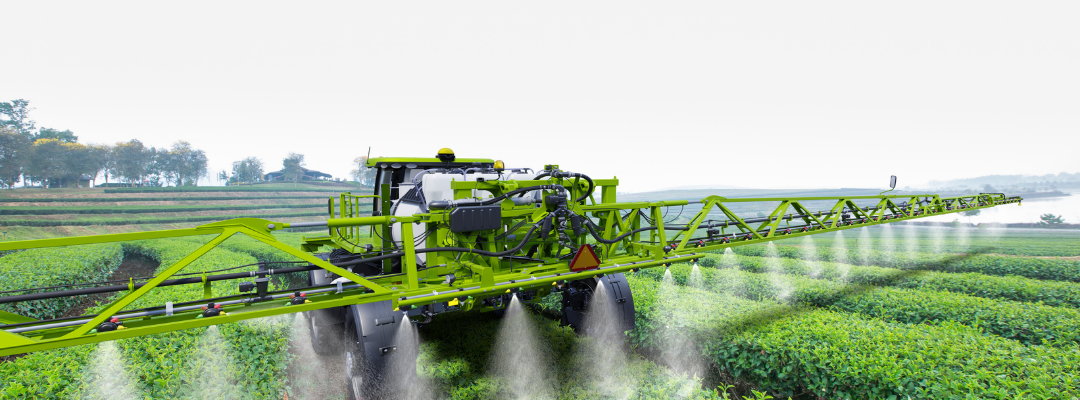Fertilizer prices exploded during the past year and are now further fueled by the Ukraine conflict. Interest rates have also increased substantially. There is a theory, associated with economist John Taylor that for every percentage point of inflation, interest rates should be raised by a similar percentage. That principle would suggest that our interest rate climb is not over. Numerous articles have discussed the impacts of these trends on farm and ranch profitability. Many producers are also member-owners of agricultural supply cooperatives. Those cooperatives are also impacted by both fertilizer prices and interest rates.
The impacts can be illustrated using a cooperative financial simulator developed at Oklahoma State University. Prior to interest rate and fertilizer increases, the representative wheat marketing and farm supply cooperative had a return on assets of 6.8% and a return on equity of 11.5%. The representative cooperative distributed 50% of profits as cash patronage and needed 29% to service an 18-year equity revolving program. The remaining retained profits allowed the cooperative to grow at an annual rate of 2.4%. If interest rates and fertilizer prices double, the cooperative must either increase farm supply profit margins by 8% or reduce cash patronage to 45%. The impacts are even more dramatic if members expect to maintain the value of their equity position in the cooperative. If length of the equity revolving period is reduced to 10 years, the cooperative must either reduce patronage from 50% to 35% or increase farm supply margins by 42%.
These results illustrate the challenges that will be faced by cooperative boards of directors. In coming months, protecting the financial viability at the cooperative level may require increases in margins or reduction in cash patronage. If interest rates impact producer expectations of equity revolving periods, those challenges will be even more substantial. Cooperative boards may be tempted to try to isolate the members from increasing interest and inventory costs. The danger of that strategy is that cooperative’s reserves and growth rate may be reduced to the point that it will not be in a position to serve future members (Table 1).

Kenkel, Phil. “Impact of Increasing Fertilizer Prices and Interest Rates on Farm Supply Cooperatives“. Southern Ag Today 2(20.5). May 13, 2022. Permalink

